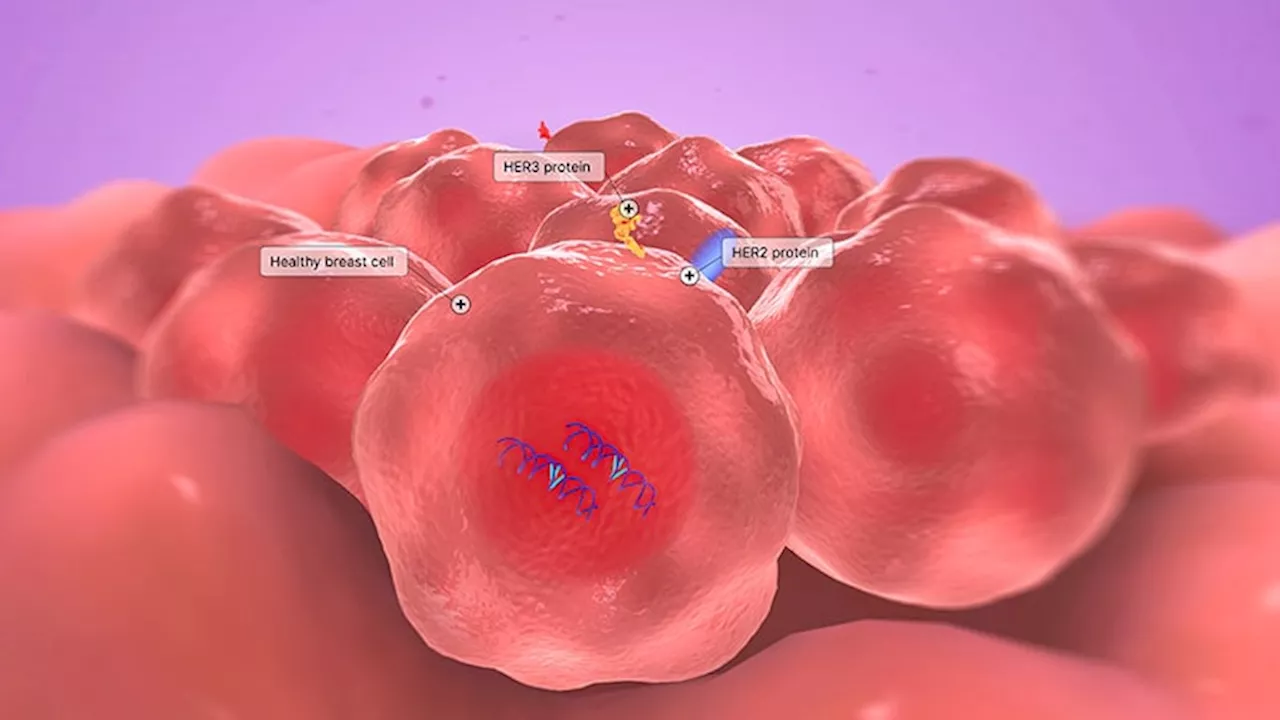A new study reveals that continuous glucose monitors (CGM) can predict nerve, eye, and kidney damage caused by type 1 diabetes, potentially changing how doctors manage the disease and prevent life-altering complications.
Data from continuous glucose monitors (CGMs) can accurately predict the development of nerve, eye, and kidney damage associated with type 1 diabetes, according to a groundbreaking study conducted by researchers at the University of Virginia Center for Diabetes Technology.
This discovery suggests that doctors could leverage CGM data to proactively intervene and potentially prevent patients from experiencing life-altering complications such as blindness, diabetic neuropathy, and other serious health issues.The researchers found that the amount of time patients spent within a safe blood-sugar range of 70 to 180 mg/dL over a 14-day period was as effective a predictor of neuropathy, retinopathy, and nephropathy as the standard approach using hemoglobin A1c levels. Hemoglobin A1c, often referred to as HbA1c, has long been considered the gold standard for evaluating the risk of complications in type 1 diabetes, based on the landmark 1993 Diabetes Control and Complications Trial (DCCT), which involved over 1,400 participants.However, the increasing popularity of continuous glucose monitoring technology has spurred a need to assess the predictive power of CGM data for diabetes complications. Leveraging advanced machine learning techniques, the researchers analyzed data from the DCCT, creating virtual continuous glucose monitor traces for all participants. These virtual traces revealed that 14 days of CGM data held comparable predictive capabilities to HbA1c readings regarding diabetes complications. Beyond the time spent within the safe blood-sugar range, other CGM readings, including those indicating time spent in a tighter range (70-140 mg/dL) and time spent above specific thresholds (140, 180, and 250 mg/dL), were also found to accurately predict diabetes complications. This groundbreaking study opens new avenues for diabetes management, potentially empowering patients to actively monitor their blood sugar levels and make informed lifestyle choices to mitigate the risk of complications. It also provides valuable insights for researchers seeking to advance diabetes care through the innovative application of CGM data
CONTINUOUS GLUCOSE MONITORS DIABETES COMPLICATIONS TYPE 1 DIABETES HEMOGLOBIN A1C NEUROPATHY RETINOPATHY NEPHROPATHY DIABETES MANAGEMENT PREDICTIVE MODEL
United States Latest News, United States Headlines
Similar News:You can also read news stories similar to this one that we have collected from other news sources.
 Atlanta Hawks' NBA Cup Run Shows Promise Despite Loss to BucksThe Atlanta Hawks' journey in the NBA Cup concluded with a 108-100 loss to the Milwaukee Bucks, but the experience proved valuable for the young team. Despite the defeat, the Hawks demonstrated strong defensive play and gained valuable playoff-like experience. The team's performance in the NBA Cup, along with that of the Houston Rockets, earned them recognition as winners of the tournament and increased national television exposure. Both teams relied heavily on their young cores who benefited from the high-pressure environment.
Atlanta Hawks' NBA Cup Run Shows Promise Despite Loss to BucksThe Atlanta Hawks' journey in the NBA Cup concluded with a 108-100 loss to the Milwaukee Bucks, but the experience proved valuable for the young team. Despite the defeat, the Hawks demonstrated strong defensive play and gained valuable playoff-like experience. The team's performance in the NBA Cup, along with that of the Houston Rockets, earned them recognition as winners of the tournament and increased national television exposure. Both teams relied heavily on their young cores who benefited from the high-pressure environment.
Read more »
 App Shows Promise in Helping Parents Cope with Child LossA new study from Uppsala University reveals that an app can effectively reduce symptoms of prolonged grief and post-traumatic stress in parents who have lost a child. Participants who used the app for three months reported fewer negative thoughts and improved coping mechanisms. The study suggests that early intervention with such apps could be beneficial for grieving parents.
App Shows Promise in Helping Parents Cope with Child LossA new study from Uppsala University reveals that an app can effectively reduce symptoms of prolonged grief and post-traumatic stress in parents who have lost a child. Participants who used the app for three months reported fewer negative thoughts and improved coping mechanisms. The study suggests that early intervention with such apps could be beneficial for grieving parents.
Read more »
 Innovative Proton Beam Therapy Shows Promise for Older Glioblastoma PatientsA phase 2 study by Mayo Clinic researchers shows that short-course hypofractionated proton beam therapy, combined with advanced imaging, may improve overall survival in older patients with newly diagnosed glioblastoma while maintaining quality of life. The study found a 56% survival rate after 12 months and a median overall survival of 13.1 months, significantly exceeding historical data for this patient population.
Innovative Proton Beam Therapy Shows Promise for Older Glioblastoma PatientsA phase 2 study by Mayo Clinic researchers shows that short-course hypofractionated proton beam therapy, combined with advanced imaging, may improve overall survival in older patients with newly diagnosed glioblastoma while maintaining quality of life. The study found a 56% survival rate after 12 months and a median overall survival of 13.1 months, significantly exceeding historical data for this patient population.
Read more »
 Lakers' Defense Shows Promise with Improved Low Man PresenceThe Los Angeles Lakers have made defensive strides in recent games, particularly with their 'low man' defense. Head coach JJ Redick and players like Anthony Davis and Rui Hachimura highlight the consistent effort from the weak-side defender closest to the rim, leading to better help defense and rim protection.
Lakers' Defense Shows Promise with Improved Low Man PresenceThe Los Angeles Lakers have made defensive strides in recent games, particularly with their 'low man' defense. Head coach JJ Redick and players like Anthony Davis and Rui Hachimura highlight the consistent effort from the weak-side defender closest to the rim, leading to better help defense and rim protection.
Read more »
Virginia Shows Promise in Close Loss to MemphisDespite a two-point defeat against No. 21 Memphis, the Virginia Cavaliers displayed encouraging signs of improvement. Taine Murray emerged as a key contributor, while the team's overall performance hinted at potential for success in the ACC.
Read more »
 Trastuzumab Deruxtecan Shows Promise for HR+/HER2-Low/Ultra-Low Metastatic Breast CancerA new analysis of the DESTINY-Breast06 trial highlights the significant clinical benefits of trastuzumab deruxtecan (T-DXd) for patients with hormone receptor-positive (HR+), HER2-low or ultra-low metastatic breast cancer, regardless of their time to progression on previous endocrine therapy.
Trastuzumab Deruxtecan Shows Promise for HR+/HER2-Low/Ultra-Low Metastatic Breast CancerA new analysis of the DESTINY-Breast06 trial highlights the significant clinical benefits of trastuzumab deruxtecan (T-DXd) for patients with hormone receptor-positive (HR+), HER2-low or ultra-low metastatic breast cancer, regardless of their time to progression on previous endocrine therapy.
Read more »
